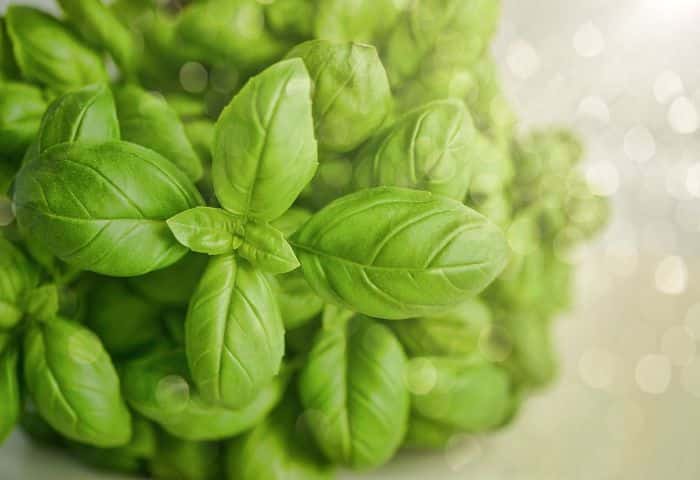The Basil is a fragrant warm-weather herb that tastes great in many dishes, most notably the beloved homemade pesto. Planting basil seeds or transplants after winter has passed will produce a bumper crop in a few weeks, from which you can harvest leaves and watch the plants continue to grow strong. If you like the idea, read on and find out all the details needed to grow basil.
The most common type of basil is sweet basil, but there are other types, such as purple basil, lemon basil and Thai basil, which is characterized by a slight licorice flavor. Basil is easy to grow, but it only grows outdoors in summer, once the soil has warmed up well, so plan each of the following steps carefully.
How to plant basil in the garden?
Basil will grow best in a location that receives 6 to 8 hours of full sun per day, although it can also do well in partial sun. The soil you decide to use should be moderately fertile and moist, but well drained. The pH of the soil should ideally be in the range of 6.0 to 7.5, which is slightly acidic. Basil works very well in containers or raised pots, as they allow for better drainage. If you are thinking of including other species in your vegetable garden, it may be appropriate to
planting lettuce, but first check the correct way to do it.

If you plan to cook with these plants, make sure that the soil remains clean; insecticides or other harmful chemicals are not recommended. And it is best to grow them away from driveways and busy streets, as the fumes emitted by cars and people passing by could affect the growth of the plants.
When is the best time to plant basil?
Check the weather forecast to see when winter will end and sow the seeds indoors 6 weeks before the last frost date before spring. But, you can plant outside, when the soil has warmed up to at least 10 °C, preferably around 21 °C for best growth. Note that nighttime temperatures should not fall below 10 °C (50 °F).
How to plant basil?
To sow basil from seed you should not open a hole deeper than one cm and drop some of the tiny seeds. Once the seedlings emerge and have 2 to 3 pairs of true leaves, you will be able to transparent, if necessary, just remember to leave a spacing of 25 to 30 cm between each plant. Before you start harvesting the delicious basil leaves, wait until the plant reaches at least 30 cm in height, but this will depend on the variety you choose.
Where to plant basil sun or shade?
Basil is a versatile plant. It can grow in full sun, but keep a regular eye on it as it runs the risk of drying out. You will need to make sure that the plant stays moist at all times. However, as we have already told you, basil can grow without problems where there is semi-shade.
Where to place the basil plant indoors?
The most important thing is to have a basil plant in your house, many recommend placing it in the kitchen, or at the entrance of your home to chase away bad energies. You can also break small twigs and basil leaves and scatter them in every room of your house, to clean every corner of your home.
What does basil attract?
Although basil is known for its culinary properties, this plant helps to attract prosperity and abundance in homes, as it has the ability to ward off negative energy.
The best growing conditions for albaca What direction should albaca grow in?
In contrast to houseplants that can exist in low light conditions, your indoor albaca plant will need plenty of light to thrive well indoors. After all, it is used for full sun exposure when grown outdoors. This means you’ll need a bright window, ideally facing south to get the most light, to grow an albaca plant that you can return to enjoy its fragrant springs.
Indoor albaca should get at least 6 hours of bright sunlight a day. If you don’t have a bright, south-facing window, you can purchase a fluorescent or LED grow light on your plant. Twelve hours of sunlight per day is ideal with a grow light, with the grow light placed two to four inches away from the plant.